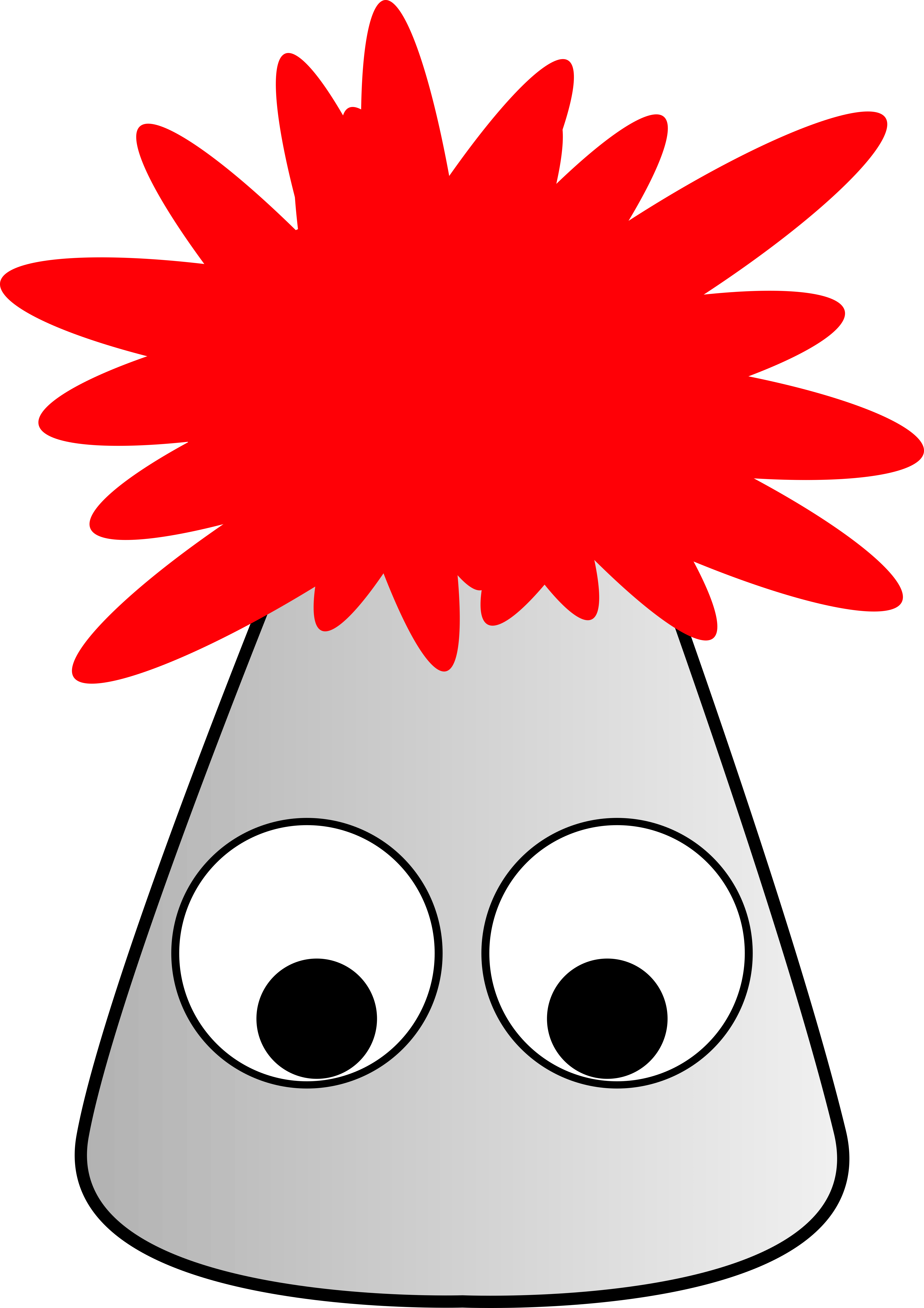 Reading Notes for Chapter 13
Reading Notes for Chapter 13 Reading Notes for Chapter 13
Reading Notes for Chapter 13One of the reasons organic chemistry is such a rich and varied field is that carbon can react and form connections in so many different ways. In Chapter 12, we looked at connecting carbons with single bonds; in this chapter we will explore multiple bonds.
A straight-chain alkane is often referred to as "saturated" because it has the maximum number of hydrogens bound to it and has a chemical formula of the form "CnH2n+2". You often hear about "saturated fats" in nutrition... these are fats that have alkane chains! Every time a "degree of unsaturation" is added to an alkane, it removes 2 hydrogens.
Each ring represents 1 degree of unsaturation.
Each double bond represents 1 degree of unsaturation.
Each triple bond represents 2 degrees of unsaturation.
By analyzing the chemical formula, we can determine how many degrees of unsaturation exist in a molecule and start to gain some clues about its structure and reactivity.
Example: A certain hydrocarbon has the formula C14H26. If this were a saturated hydrocarbon, we would expect the formula to be C14H30. The molecule is "short" 4 hydrogens which corresponds to 2 degrees of unsaturation. This could mean that it either has:
Based upon this information alone, we don't know which of those options is correct, but it narrows down the possiblilities and can help us decide what additional tests to run to identify this substance.
Nomenclature similar to alkanes. When necessary, include a number to designate where in the molecule the double bond is. For numbering, a double bond has higher priority than alkyl branch groups, to the chain should be numbered to give the double bond the lowest number possible.
Isomers can often be identified because they have different properties. Double bonds do not allow rotation, so the substituents are "locked" to either be on the same side of the double bond ("cis") or on opposite sides of the double bond ("trans").
Saturate/unsaturated and cis/trans are important factors in nutritional fats. Saturated fats only have alkane chains. Unsaturated fats have at least 1 double bond somewhere in the chain. If that double bond is "cis", it makes the chain curl into a hook shape; a "trans" double bond is a little straighter. This affects how tightly these chains can pack together. "Trans fats" contain unsaturated chains that have a "trans" orientation of their double bond!
Cis and trans are called "geometric isomers" because the molecules have the same atom-to-atom connectivity, but their orientation in space is different.
Alkenes are (generally) more reactive than alkanes. Both can undergo combustion reactions, but alkenes can also accept a variety of different reactants in "addition reactions".
Alkenes are also significant feedstocks in polymerization reactions.
"poly" = many; "mer" = parts or units
Many common polymers are made by reacting double bonds to form single bonded chains.
Polymers can be extremely large molecules. It's not uncommon for a
polymer like polyethylene to have a molecular mass of millions of grams
per mole... that means there can be more than 100,000 ethylene repeat
units in a single molecule! If each carbon-carbon bond is around 140pm,
then a single molecule of polyethylene can be around 0.02mm long. That
might not see very long, but that's just one molecule!
Hydrocarbons that contain a triple bond are called alkynes. Most of the naming is the same as for alkanes and alkenes, but now the names end in "-yne".
Alkynes are often even more reactive than alkenes.
Because there is only 1 substituent coming off each end of an alkyne, there is no "cis/trans" isomerism in alkynes.
"Aromatic" compounds were originally named because they had strong smells. Now, we use the term "aromatic" to describe a relatively stable bond arrangement where single and double bonds alternate in a carbon chain or ring. This alternating single-double bond structure is called "conjugation" and makes aromatic compounds react differently than isolated ("unconjugated") alkene bonds.
Because many aromatic compounds were known before their molecular structure was understood, there are many common names for aromatic compounds.
Again, read product labels. You will see many aromatic compounds listed that have a variety of roles in the product.
